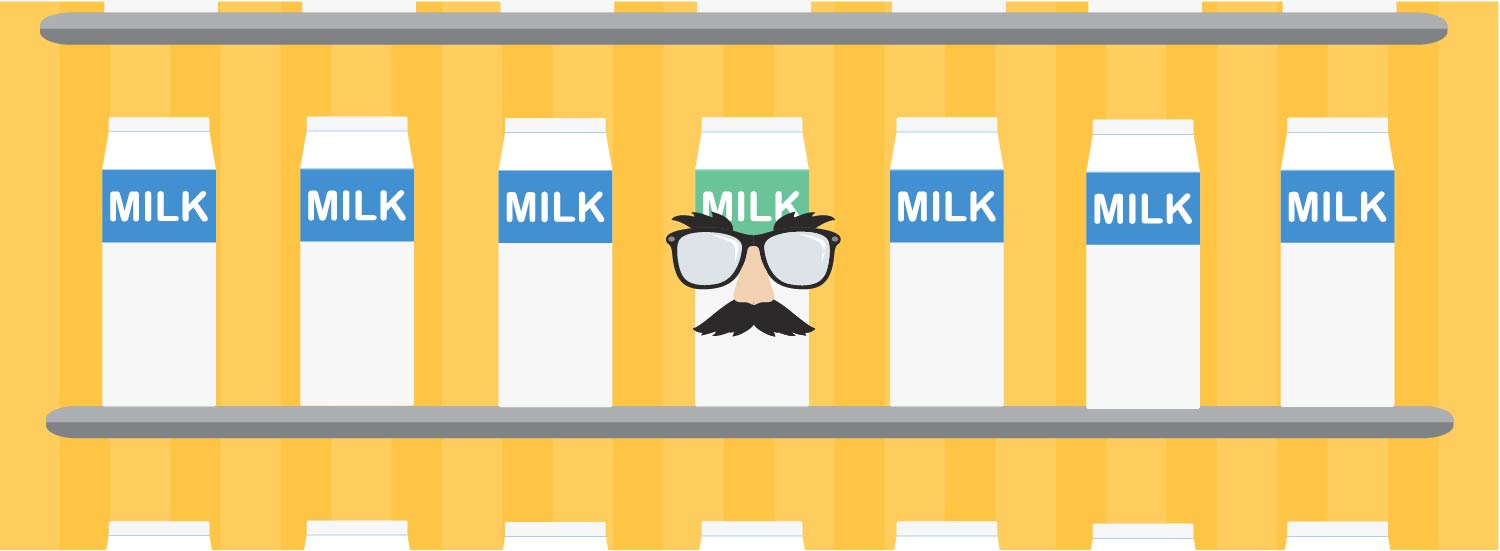
Milk substitutes are peddling a myth - and hurting the real stuff
Imitation may be the greatest form of flattery, but it’s certainly not a compliment when it costs an industry hundreds of millions of dollars.
Members of the United States Congress have recently asked the Food and Drug Administration (FDA) to take a stand against manufacturers of milk substitutes such as almond, rice, coconut and soy, who clearly brand their products as milk.
They say that if it doesn’t come from an animal like a cow or a goat, no one should be calling it milk.
In Australia, industry advocacy group Dairy Connect is lobbying to ban all non-animal milks that are being referred to as milk.
Dairy Connect chief executive Shaughn Morgan is quoted as saying non-dairy products lacked the health benefits and nutrition fresh cow’s milk provided and the use of the word milk to describe products from plant sources, such as soy, oat and almond, duped consumers into thinking they were equally as beneficial.
So milk doesn’t need to come from a cow; it’s merely a term for an opaque white fluid, that is not necessarily rich in fat and protein, nor originating from a lactating mammal.
In my book, any white liquid that doesn’t come from a mammal is ‘fake milk’. Dairy farmers have every right to protect their brand against those piggy-backing off the positive assocations with ‘real’ milk.

Now I recognise the value and importance of Soy Beans, Almonds, Coconut and Rice. They are important agricultural commodities with their own unique set of benefits and attributes, but do they need to pass themselves off as dairy products? On face value, they are not, they are a substitute.
Food labelling, is a big issue, think of the dabate about what constitutes ‘free range’ or ‘organic’ or the rules around the use of the word ‘champagne’ or even the law that says in order to call a pie a ‘meat pie’ it must contain at least 25% ‘meat flesh’.
Defending a brand’s integrity is as important as creating a unique and compelling brand proposition in the first place. Building equity and trust in a brand takes time. It’s these known set of values and benefits that keep consumers paying a premium for a product time and time again.
According to research by Nielsen, Almond milk is now America’s favorite milk substitute, with sales growth of more than 250% in the last five years.
Conversely, the total milk market has shrunk by more than $1 billion in the US. And while Almond milk still accounts for just a fraction of the total milk market (about 5%), it brings in more than twice the revenue of the other substitutes combined. In Australia, demand for non-dairy milk has increased dramatically and they now command nearly 10 per cent of milk sales.
It is little wonder we have seen such a massive interest and investment in the Almond Industry in Australia!
It’s remarkable that just like the female wolf spider, who devours its partner after they copulate, that agriculture would cannibalise its own, for the sake of 10% market share in a category that appears purely opportunistic.
Or is it?
The recent Nielsen Global Health and Wellness Survey, revealed consumers rated back-to-basics food attributes like “all natural,” “no artificial colors or flavors” and “made from vegetables or fruits” the most important.
The report states that while health attributes are important factors in purchase decisions for all age groups, certain attributes are more important to younger generations.
Forty percent of Generation Z respondents in the survey said ingredients sourced sustainably are very important in their purchase decisions, followed by Millennial (38%) and Generation X (34%).
Dietary restrictions are also playing in to the hands of almond milk, as it lacks the lactose of traditional milk and the hormones found in soy.
There is no doubt consumer expectations are changing. Globally, people care about their health, the environment and importantly, they want to consume products that are natural.
Well, you can’t get much these days that’s more natural than milk. Real milk, that is. And as agriculture becomes more diverse, value added, marketing centric and price pressured, each and every commodity needs to win over consumers with a brand truth, not fake news!
This article originally appeared in The Weekly Times Decision Ag magazine.